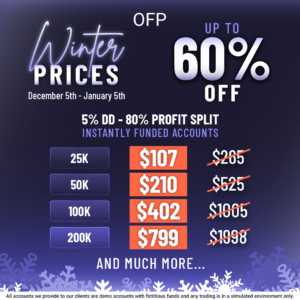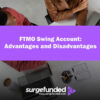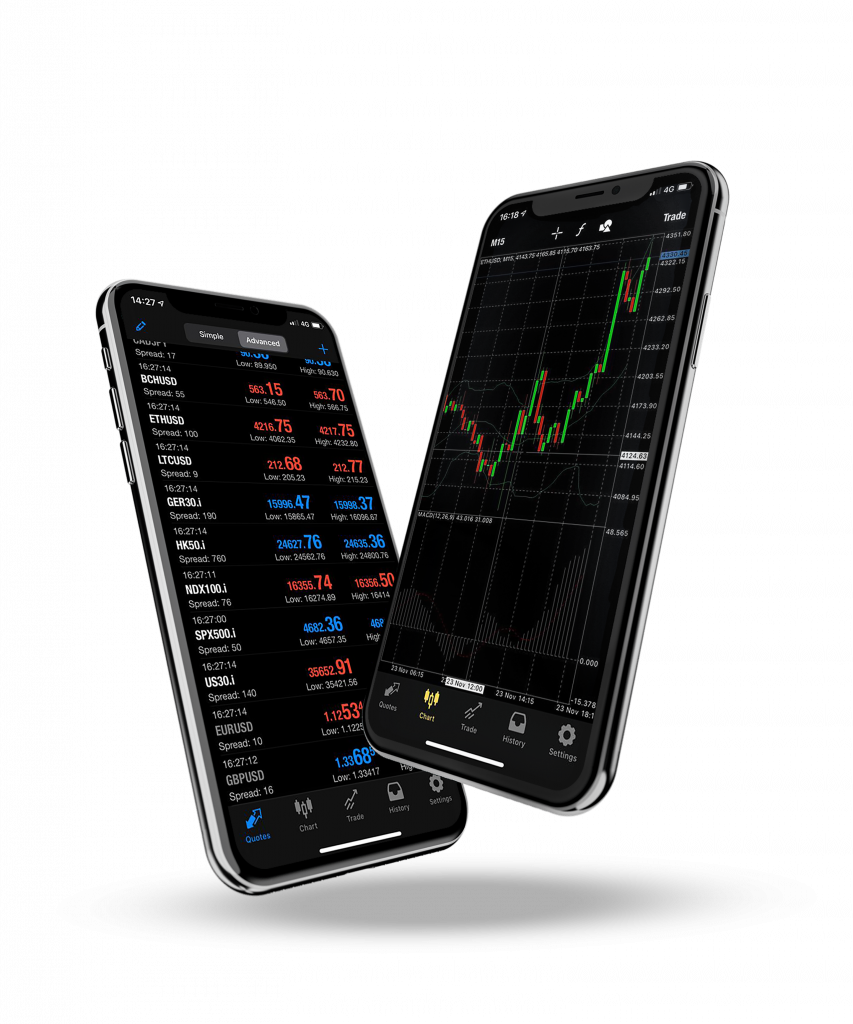Having a solid understanding of the workings of the risk to reward in forex trading determines success in the Forex trading industry. The risk to reward ratio is one of the most important ideas that any trader needs to understand. By comparing a trade’s possible profit to its possible loss, this ratio assists traders in making well-informed trading decisions. This article will explain the risk to reward in forex trading, how to compute it, why it matters in trading, and how to use it successfully.
The Risk to Reward In Forex Trading
A metric known as the risk to reward ratio (R/R ratio) weighs the possible loss of a trade against the anticipated profit. It gives traders a framework for assessing the possible outcomes of a trade to determine whether it is worthwhile.
Calculation of the Risk to Reward In Forex Trading
Calculating the risk to reward ratio involves a straightforward formula:
- Risk to Reward Ratio = Potential Profit / Potential Loss
For example, if a trader anticipates a potential profit of $600 from a trade but is willing to risk $200, the calculation would be as follows:
- Risk to Reward Ratio=600 / 200 = 3:1
This means that for every dollar risked, the trader stands to gain three dollars if the trade goes in their favor.
The Importance Of The Risk to Reward Ratio in Forex Trading
- Making Well-Informed Decisions: Traders can assess whether a trade fits with their trading strategy and risk tolerance by using the risk to reward ratio. A favorable ratio makes trade more alluring because it shows that the possible reward exceeds the possible risk.
- Risk Management: Traders can efficiently control their exposure by evaluating the risk to reward ratio before making a trade. In comparison to their anticipated returns, this guarantees that they are not taking on undue risk.
- Long-Term Achievement: Long-term trading profitability depends on a continually positive risk to return ratio. Keeping a positive R/R ratio might result in overall gains for a trader, even if they lose on some of their trades.
- Emotional Control: By concentrating on the risk to reward in forex trading, traders can stay disciplined and steer clear of snap judgments motivated by greed or fear. Traders can make better logical decisions by focusing on possible outcomes rather than transient market swings.
Establishing Minimum Acceptable Ratios
Before making trades, traders should determine a minimum acceptable R/R ratio in order to make the most of the risk to reward in forex trading. Their trading strategy and personal risk tolerance should be in line with this cutoff. For example, a lot of traders strive for a minimum ratio of 1:2 or 1:3, which means they anticipate making at least twice or three times their possible loss.
Making Use of Take-Profit and Stop-Loss Orders
Determining the possible loss and profit thresholds for every trade requires the use of stop-loss and take-profit orders. These orders assist traders in precisely determining their risk to reward ratios:
- Stop-Loss Order: This order limits possible losses by automatically closing a trade when it hits a preset loss level.
- Take-Profit Order: This order secures winnings by automatically closing a trade when it hits a predetermined profit level.
Traders can maximize prospective profits while staying within acceptable risk limits by utilizing these tools.
Changing the Size of the Position Considering R/R Ratios
Based on their risk to reward ratios, traders ought to think about modifying the size of their positions. They can make sure that their possible losses don’t exceed their risk tolerance by doing this.
- For instance, if a trader chooses to risk $100 on a trade with an R/R ratio of 1:3, they can modify the size of their position to match this amount as their maximum loss.
- On the other hand, in order to maintain consistent risk management, they might need to decrease the size of their position if they are aiming for a lower R/R ratio (such as 1:1).
Examining Trading Performance Frequently
Analyzing previous trades and the associated risk to reward ratios should be a regular practice for traders. Over time, this assessment process aids in pinpointing areas that require development and improving trading tactics. Traders can improve their decision-making by evaluating which trades were profitable and which were not, as well as their corresponding R/R ratios.
Common Misconceptions About Risk to Reward Ratios
Although knowing the risk to reward ratio is crucial for profitable trading, there are a few common misconceptions:
- Success is Guaranteed by High R/R Ratios: A high R/R ratio just shows that potential rewards exceed risks; it does not ensure profitability. Win rates and the overall efficacy of a strategy are other factors that traders need to think about.
- High R/R Ratios Allow for Lower Win Rates: Although lower win rates are possible with high R/R ratios, if this strategy is not well managed, it can result in large drawdowns.
- R/R Ratios Don’t Change: Individual trading techniques and market conditions can affect the optimal R/R ratio. Traders should continue to be adaptable and modify their projections in light of current analysis.
In conclusion
An essential idea in Forex trading, the risk to reward ratio enables traders to properly manage risks and make well-informed decisions. Traders can increase their chances of long-term market success by figuring out this ratio before making transactions and setting minimum acceptable values.
By offering precise exit plans that correspond with each person’s level of risk tolerance, the use of stop-loss and take-profit orders reinforces this strategy even more. Frequent analysis of previous trades aids in strategy improvement over time, and clearing up common misunderstandings regarding R/R ratios enables more successful trading techniques.
In conclusion, knowing and using the risk to reward ratio’s fundamentals gives Forex traders important knowledge about how to minimize risks and increase possible gains, two things that are crucial for long-term success in one of the most volatile financial markets in the world.
Frequently Asked Questions
Is A Higher Risk To Reward In Forex Trading Always Better?
- While a higher risk to reward ratio (e.g., 1:3 or 1:5) can indicate a more favorable trade, it is not always better in practical terms. Traders must consider other factors such as win rate and market conditions. A trade with a high risk to reward ratio but a low probability of success may not be worth taking compared to one with a lower ratio but higher likelihood of success.
Do I Need A High Win Rate If I Have A Favourable Risk To Reward Ratio?
- No, you do not need an excessively high win rate if you maintain a favorable risk to reward ratio. For instance, with a 1:3 risk to reward ratio, you could theoretically win only 27% of your trades and still be profitable. This misconception leads many traders to focus solely on increasing their win rate rather than optimizing their R/R ratios and overall trading strategy.
Is It True That All Successful Traders Use The Same Risk To Reward Ratios?
- Not necessarily. Different traders have varying strategies and risk tolerances, which influence their preferred risk to reward ratios. While many successful traders aim for ratios of at least 1:2 or 1:3, others may find success with different ratios based on their trading style and market conditions. There is no one-size-fits-all approach


















